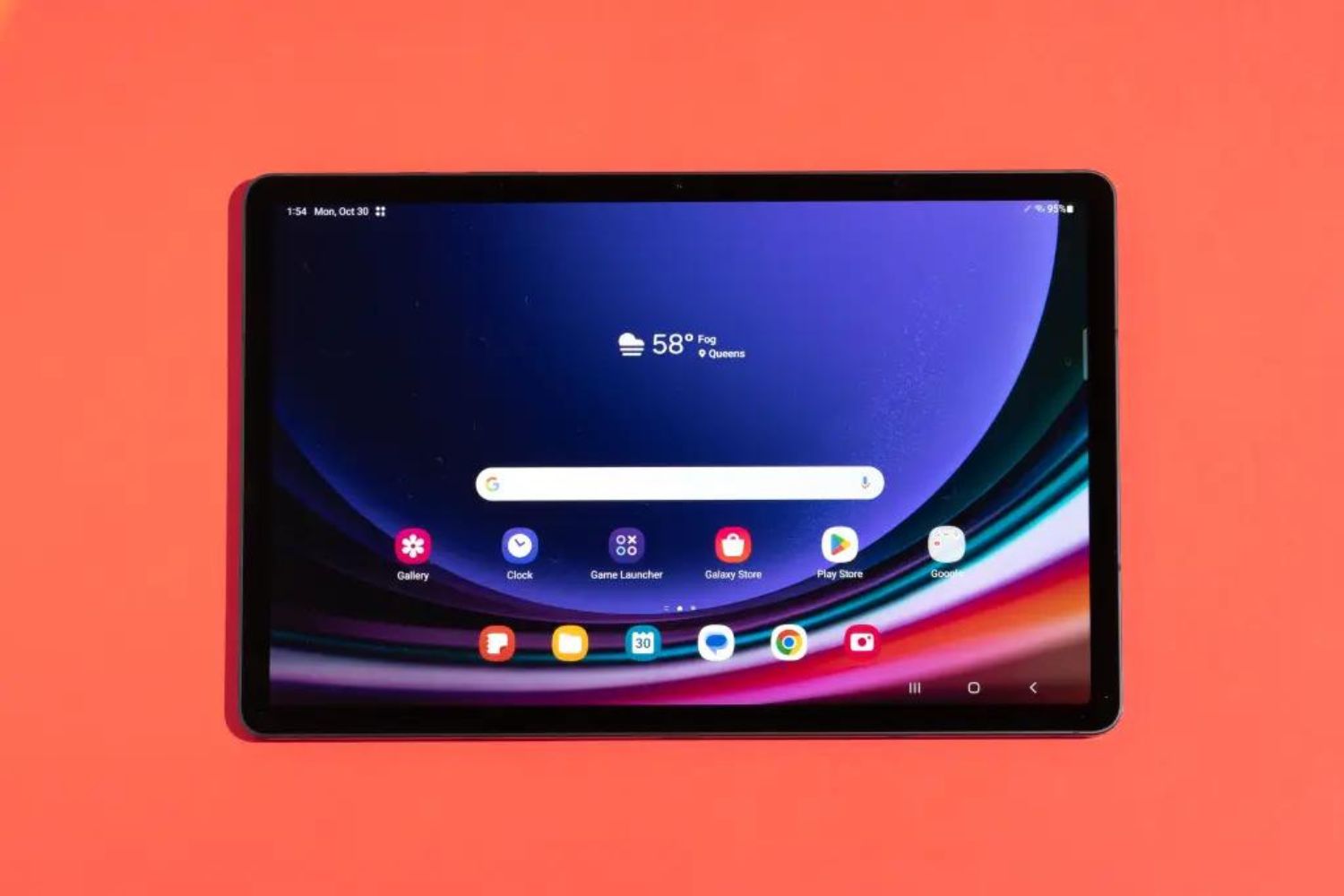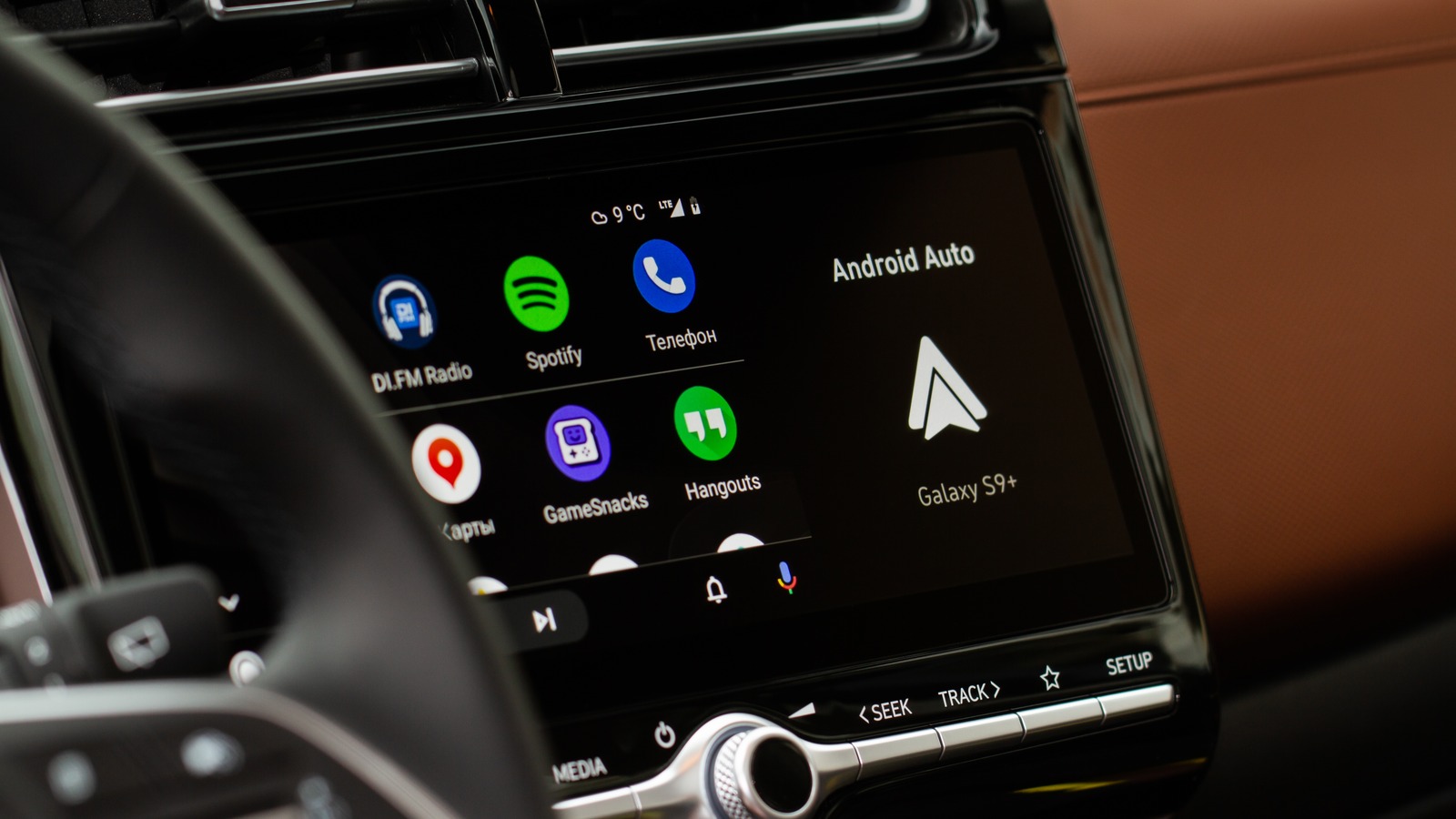Introduction
Are you still using an old tablet with an outdated Android operating system? It’s time to consider updating your tablet and take advantage of the latest features and security enhancements. An updated tablet not only offers improved performance but also ensures a smoother experience while using various apps and browsing the internet.
In this article, we will guide you through the process of updating your old tablet to the latest version of Android. We’ll discuss the reasons why updating your tablet is important, how to check if your tablet is eligible for an update, and different methods to update your device. Whether you’re a novice or an experienced user, this step-by-step guide will help you navigate the updating process effortlessly.
Updating your tablet is essential for several reasons. Firstly, software updates often come with bug fixes and security patches that help protect your tablet from potential vulnerabilities. With each update, manufacturers address known issues, enhance performance, and improve battery life. Additionally, updating your tablet ensures compatibility with newer apps and allows you to take advantage of new features that may enhance your productivity or entertainment experience.
Before diving into the update process, it’s crucial to back up your tablet to prevent any potential data loss. Although updates are generally smooth, there is always a chance of encountering issues or complications during the process. By backing up your tablet, you can have peace of mind knowing that your important files, settings, and apps are securely saved.
There are multiple methods to update your tablet, and the most common one is through the device’s settings. Android tablets have a built-in system update feature, allowing users to check for and install available updates. Alternatively, if your tablet doesn’t have an available update through the settings, you can use a computer to update it through specialized software provided by the manufacturer.
In some cases, your tablet may not receive automatic updates, or you might prefer to manually update it. This involves downloading the update files and installing them onto your tablet using a computer. Although it requires a bit more technical knowledge, manual updating provides an alternative for users who want to have more control over the update process.
Throughout this guide, we will also address some common issues that may arise during the updating process and provide troubleshooting tips to overcome these obstacles. From a slow internet connection to unexpected errors, we’ll help you navigate these challenges and ensure a successful update.
The next sections will delve into the step-by-step instructions, enabling you to update your tablet and unlock its full potential. So, without further ado, let’s jump into the world of updates and give your old tablet a new lease on life!
Reasons to Update an Old Tablet
Updating an old tablet might not be at the top of your to-do list, but there are several compelling reasons why it’s worth considering. Let’s explore some of the key benefits of updating your tablet’s Android operating system.
- Improved Performance: An updated Android OS usually comes with performance optimizations that can breathe new life into your old tablet. With each update, manufacturers strive to enhance speed, responsiveness, and overall system efficiency. By taking advantage of these improvements, you can enjoy a smoother and more efficient user experience, even on older hardware.
- Enhanced Security: Keeping your tablet up to date ensures that you have the latest security patches and bug fixes. Cybercriminals are constantly inventing new ways to exploit vulnerabilities in outdated software. By regularly updating your tablet’s operating system, you protect yourself from potential cyber threats and ensure that your personal and sensitive information remains secure.
- Access to New Features: Updates often bring exciting new features and functionalities to your tablet. Whether it’s a redesigned user interface, improved multitasking capabilities, or advanced camera features, updating your tablet allows you to take advantage of the latest technological advancements. You can discover new ways to stay productive, entertained, and connected with your device.
- App Compatibility: As Android OS evolves, app developers optimize their applications to take advantage of the latest features and capabilities. This means that newer apps might not be compatible with older versions of Android. By updating your tablet, you ensure compatibility with a wider range of apps, allowing you to access the latest games, productivity tools, social media platforms, and much more.
- Battery Optimization: Software updates often include battery optimization improvements. Manufacturers constantly work on enhancing power management algorithms, aiming to extend battery life and reduce battery drain. By updating your tablet’s Android operating system, you can potentially enjoy increased battery efficiency, allowing you to use your device for longer periods without worrying about running out of power.
By considering these factors, it’s clear that updating your old tablet is a worthwhile endeavor. Not only will you benefit from improved performance, enhanced security, and access to exciting new features, but you’ll also ensure compatibility with the latest apps and enjoy better battery life. So, let’s move on to the next section and learn how to check if your tablet is eligible for an update.
Checking if Your Tablet is Eligible for an Update
Before diving into the update process, it’s important to determine if your tablet is eligible for an update. Here are a few steps you can take to check if an update is available for your device.
- Check the Settings: Start by navigating to the Settings menu on your tablet. Look for a section called “System” or “About Device.” Within this section, you should find an option that says “Software Update” or “System Update.” Tap on this option, and your tablet will check for any available updates. If an update is found, you can proceed to download and install it.
- Manufacturer’s Website: Visit the official website of the tablet manufacturer and search for support or product information related to your specific device model. Look for any announcements or instructions on how to update your tablet’s software. Manufacturers often provide detailed guides on their websites to help users check for updates and install them correctly.
- Online Forums and Communities: Online forums and communities dedicated to your tablet’s brand or Android devices, in general, can be a valuable resource. Browse through these platforms to see if other users have mentioned any available updates for your tablet model. Community members often share information and tips regarding updates, which can help you determine if an update is available for your device.
- Contact Customer Support: If you’re unable to find any information on updates for your tablet, reach out to the customer support team of your tablet’s manufacturer. They should be able to provide you with specific information about the availability of updates for your tablet model. Customer support can guide you through the process, answer any questions you may have, and assist you in updating your tablet if an update is available.
Keep in mind that not all tablets are eligible for updates, especially if they are several years old. Manufacturers typically provide updates for a certain period after the tablet’s release. However, it’s worth checking periodically as manufacturers may occasionally release updates for older models or provide alternative methods to update your tablet’s software.
If your tablet is eligible for an update, it’s important to proceed with caution and ensure that you have a stable internet connection. Additionally, it’s recommended to back up your tablet before initiating the update process to safeguard your important files and settings. The next section will guide you through the crucial process of backing up your tablet.
Backing up Your Tablet Before the Update
Before proceeding with any software update, it’s crucial to back up your tablet to prevent any potential data loss. Although updates are generally smooth, there is always a chance of encountering issues or complications during the process. By backing up your tablet, you can have peace of mind knowing that your important files, settings, and apps are securely saved. Here’s how to back up your tablet before updating.
- Cloud Storage: One of the easiest and most convenient ways to back up your tablet is by using cloud storage services. Providers like Google Drive, Dropbox, or OneDrive offer free storage options where you can upload your files and access them from any device. Simply upload important documents, photos, videos, and any other crucial files to the cloud before initiating the update.
- Connect to a Computer: Connect your tablet to a computer using a USB cable and transfer your files manually. In this method, you can copy and paste your important documents, photos, and other files from your tablet to a designated folder on your computer. Ensure that the destination folder is easily accessible later when you need to restore the files.
- Use Backup and Restore Apps: There are several backup and restore apps available on the Google Play Store that can simplify the backup process. These apps allow you to select specific files or perform a complete system backup, including app data, settings, and more. Some popular backup apps include Titanium Backup, Helium, and Super Backup. Download and install a trusted backup app and follow the instructions to back up your tablet.
- Sync Data with Google Account: Ensure that your important data, such as contacts, calendar events, and emails, are synced with your Google account. By syncing your tablet with your Google account, you can easily restore this data to your tablet after the update. Go to the Settings menu, select “Accounts,” and then tap on your Google account. Enable synchronization for the desired data categories, such as contacts and calendar.
Remember to take note of any installed apps, their data, and associated account credentials. While many apps will be restored automatically after the update, others may need to be reinstalled or configured again manually. Keep a list of these apps and any relevant login information to ensure a smooth transition after the update.
Once you have successfully backed up your tablet, you can proceed with the update process with peace of mind, knowing that your important files and settings are safely stored. The next section will guide you through the steps to update your tablet through the settings.
Updating Your Tablet Through the Settings
One of the simplest ways to update your tablet to the latest Android version is by using the built-in system update feature in the device settings. Here’s a step-by-step guide on how to update your tablet through the settings menu.
- Connect to Wi-Fi: Ensure that your tablet is connected to a stable Wi-Fi network. Updates can be large in size, and using a Wi-Fi connection prevents excessive data usage and ensures a faster download.
- Open Settings: Navigate to the Settings menu on your tablet. You can usually find the Settings app on your home screen or in the app drawer.
- Find System Updates: Look for an option that says “System,” “About device,” or something similar. Tap on this option to access additional settings related to your tablet’s system.
- Check for Updates: Within the system settings, search for an option that says “Software Update” or “System Update.” Tap on it to check if any updates are available for your tablet.
- Download and Install: If an update is available, your tablet will prompt you to download it. Tap on the “Download” or “Update” button to start the process. Make sure your tablet is connected to a power source or has sufficient battery before proceeding with the download and installation.
- Wait for the Update: The update process may take some time, depending on the size of the update and the speed of your internet connection. It’s important to be patient and avoid interrupting the update process.
- Restart your Tablet: After the update is successfully installed, your tablet will prompt you to restart it. Tap on the “Restart” or “Reboot” option to complete the update process.
Once your tablet restarts, it will be updated to the latest version of Android. During the restart, your tablet may optimize apps and perform other necessary operations, so it’s normal for the process to be slightly longer than usual.
If your tablet doesn’t have an available update through the settings menu or if you encounter any issues during the update process, don’t worry. The next sections will cover alternative methods to update your tablet, including using a computer and updating manually.
Using a Computer to Update Your Tablet
If your tablet doesn’t have an available update through the settings menu or if you prefer to update it using a computer, you can utilize specialized software provided by the manufacturer. Here’s a step-by-step guide on how to update your tablet using a computer.
- Check for Manufacturer’s Software: Visit the official website of your tablet’s manufacturer and search for software specifically designed for updating your tablet. Look for support or downloads sections on the website. Some manufacturers provide dedicated software, such as Samsung Kies or LG Bridge, which allows you to update your tablet through your computer.
- Download and Install the Software: Once you locate the appropriate software, download and install it on your computer. Follow the given instructions to ensure a successful installation. Make sure to download the version of the software that corresponds to your tablet’s model and operating system.
- Connect Your Tablet to Your Computer: Use a USB cable to connect your tablet to the computer. Ensure that the cable is in good condition and properly connected to both devices.
- Open the Update Software: Launch the software you installed from the manufacturer’s website. The software should detect and recognize your tablet once it is connected.
- Follow the On-Screen Instructions: The update software will provide on-screen instructions to guide you through the update process. These instructions may vary depending on the manufacturer and the software being used. Generally, you’ll be prompted to initiate the update, and the software will handle the downloading and installation of the update onto your tablet.
- Wait for the Update: The update process may take some time, depending on the size of the update and the speed of your internet connection. It’s important not to disconnect your tablet from the computer or interrupt the update process to ensure a successful installation.
- Disconnect Your Tablet: Once the update process is complete, safely disconnect your tablet from the computer. Follow the provided instructions to ensure that the tablet is safely ejected before unplugging the USB cable.
- Restart your Tablet: After disconnecting, restart your tablet to finalize the update installation. You can do this by pressing and holding the power button until the restart option appears, then tapping on “Restart” or “Reboot.”
Congratulations! Your tablet is now updated to the latest version of Android. Enjoy the new features, improved performance, and enhanced security that come with the update. If you encounter any issues during the update process or if the update software doesn’t work as expected, refer to the manufacturer’s website for troubleshooting guides or contact their customer support for assistance.
If you prefer a more hands-on approach to updating your tablet or have a specific update file that you want to install, the next section will guide you through the process of updating your tablet manually.
Updating Your Tablet Manually
If you prefer more control over the update process or if your tablet doesn’t have an available update through the settings or computer software, you can manually update your tablet. This involves downloading the update files and installing them onto your tablet using a computer. Here’s a step-by-step guide on how to update your tablet manually.
- Check for Firmware Updates: Visit the official website of your tablet’s manufacturer and search for firmware updates specifically designed for your tablet model. Look for the support or downloads section on the website. Firmware updates contain the necessary files to update your tablet’s operating system.
- Download the Firmware Update: Once you locate the appropriate firmware update, download it to your computer. Ensure that you download the correct files for your tablet model and version of Android.
- Enable USB Debugging: On your tablet, go to the Settings menu, then navigate to “About phone” or “About tablet.” Look for the “Build number” or “Build version” option and tap on it multiple times until you see a message confirming that USB debugging is enabled. This step may vary slightly depending on your tablet’s manufacturer and Android version.
- Connect Your Tablet to Your Computer: Use a USB cable to connect your tablet to the computer. Ensure that the cable is in good condition and properly connected to both devices.
- Transfer the Firmware Update: Copy the downloaded firmware update files to your tablet’s storage. You can do this by simply dragging and dropping the files from your computer to the appropriate folder on your tablet.
- Start the Update on Your Tablet: On your tablet, go to the Settings menu and navigate to the “System” or “About device” section. Look for an option that says “Software Update” or “System Update.” Tap on it and select “Update from Storage” or a similar option. Browse and select the firmware update file you transferred earlier.
- Follow the On-Screen Instructions: Depending on your tablet’s manufacturer and Android version, you may need to confirm your intention to install the update. Follow any on-screen prompts and instructions to proceed with the update installation.
- Wait for the Update: The update process may take some time, depending on the size of the update and the speed of your tablet. Be patient and avoid interrupting the update process to ensure a successful installation.
- Restart your Tablet: After the update is complete, restart your tablet to finalize the installation. Press and hold the power button until the restart option appears, then select “Restart” or “Reboot.”
Once your tablet restarts, it will be updated to the latest version of Android. Enjoy the new features, improved performance, and enhanced security that come with the update. If you encounter any issues during the update process or if the update doesn’t work as expected, refer to the instructions provided by the manufacturer or consult their customer support for further assistance.
It’s worth noting that manual updating requires additional technical knowledge and carries some risks. Proceed with caution and ensure that you have thoroughly read and understood the instructions provided by the manufacturer. If you’re unsure or uncomfortable with the process, it’s recommended to seek professional help or utilize alternative update methods.
Troubleshooting Common Updating Issues
Even with the best intentions, updating your tablet may sometimes come with challenges. Here are some common updating issues and their possible solutions to help you overcome them:
- Insufficient Storage: One of the most common issues is insufficient storage space on your tablet. To resolve this, delete unnecessary files, apps, or media to free up space. You can also move files to an external storage device or upload them to cloud storage before updating.
- Poor Internet Connection: A stable and fast internet connection is essential for a successful update. If you’re experiencing slow or intermittent internet, try connecting to a different Wi-Fi network or utilize a wired connection if available.
- Battery Drain: Ensure that your tablet has sufficient battery charge before initiating the update. Ideally, connect your tablet to a power source during the update process to prevent any chance of battery drain. If the battery level is too low, the update may fail, causing potential issues.
- Screen Freeze or Lag: Sometimes, the update process may cause the tablet’s screen to freeze or become unresponsive. If this happens, wait for a few minutes to see if the screen unfreezes. If not, try restarting your tablet by pressing and holding the power button until it powers off, then turning it back on.
- Error Messages: If you encounter error messages during the update process, make note of the specific error code or message. Search for the error online along with your tablet’s make and model to find troubleshooting steps or contact the manufacturer’s customer support for assistance.
- Software Compatibility: It’s possible that certain apps or features may not function properly after an update due to compatibility issues. To resolve this, ensure that all your apps are up to date and compatible with the new version of Android. Visit the Google Play Store and check for available updates for your installed apps.
- Reset to Factory Settings: If you’re facing persistent issues even after performing the update, you may need to consider resetting your tablet to factory settings. This should be seen as a last resort, as it will erase all data from your device. Make sure to back up important files before proceeding with a factory reset. Consult your tablet’s user manual or the manufacturer’s website for instructions on performing a factory reset.
If you’re still experiencing difficulties, don’t hesitate to reach out to the manufacturer’s customer support for personalized assistance. They can provide you with tailored solutions or guide you through the troubleshooting process specific to your tablet model.
Remember, patience is key when it comes to troubleshooting updating issues. Take your time, follow the instructions carefully, and don’t hesitate to seek help if needed. With a little perseverance, you’ll be able to overcome any obstacles and successfully update your tablet to enjoy its full potential.
Conclusion
Updating an old tablet to the latest version of Android is a critical step in optimizing its performance, enhancing security, and accessing new features. By following the steps outlined in this guide, you can successfully update your tablet and unlock its full potential.
We discussed the importance of updating your tablet and highlighted reasons why it’s beneficial, including improved performance, enhanced security, access to new features, app compatibility, and battery optimization. Keeping your tablet up to date ensures that you can enjoy a smoother experience, protect your device from potential vulnerabilities, and stay current with the latest advancements in technology.
We explored different methods to update your tablet, including using the built-in system update feature within the settings, utilizing computer software provided by the manufacturer, and manually updating the device. Each method has its own advantages and may be suitable depending on your specific tablet model and preferences.
Additionally, we emphasized the importance of backing up your tablet before initiating the update process. Backing up your data helps protect your important files, settings, and apps, ensuring that you can easily restore them if any issues arise during the update.
Furthermore, we provided troubleshooting tips for common updating issues such as insufficient storage, poor internet connection, screen freeze or lag, error messages, software compatibility, and the option of resetting to factory settings if necessary.
Remember, updating your tablet takes time and patience. It’s essential to follow the instructions carefully, maintain a stable internet connection, and back up your data to avoid any potential setbacks. If you encounter any difficulties, don’t hesitate to seek assistance from the manufacturer’s customer support or online communities dedicated to your tablet brand.
With an updated tablet, you’ll experience improved performance, access to new features, enhanced security, and a smoother user experience. So, don’t delay – take the necessary steps to update your old tablet and enjoy all the benefits that come with it!







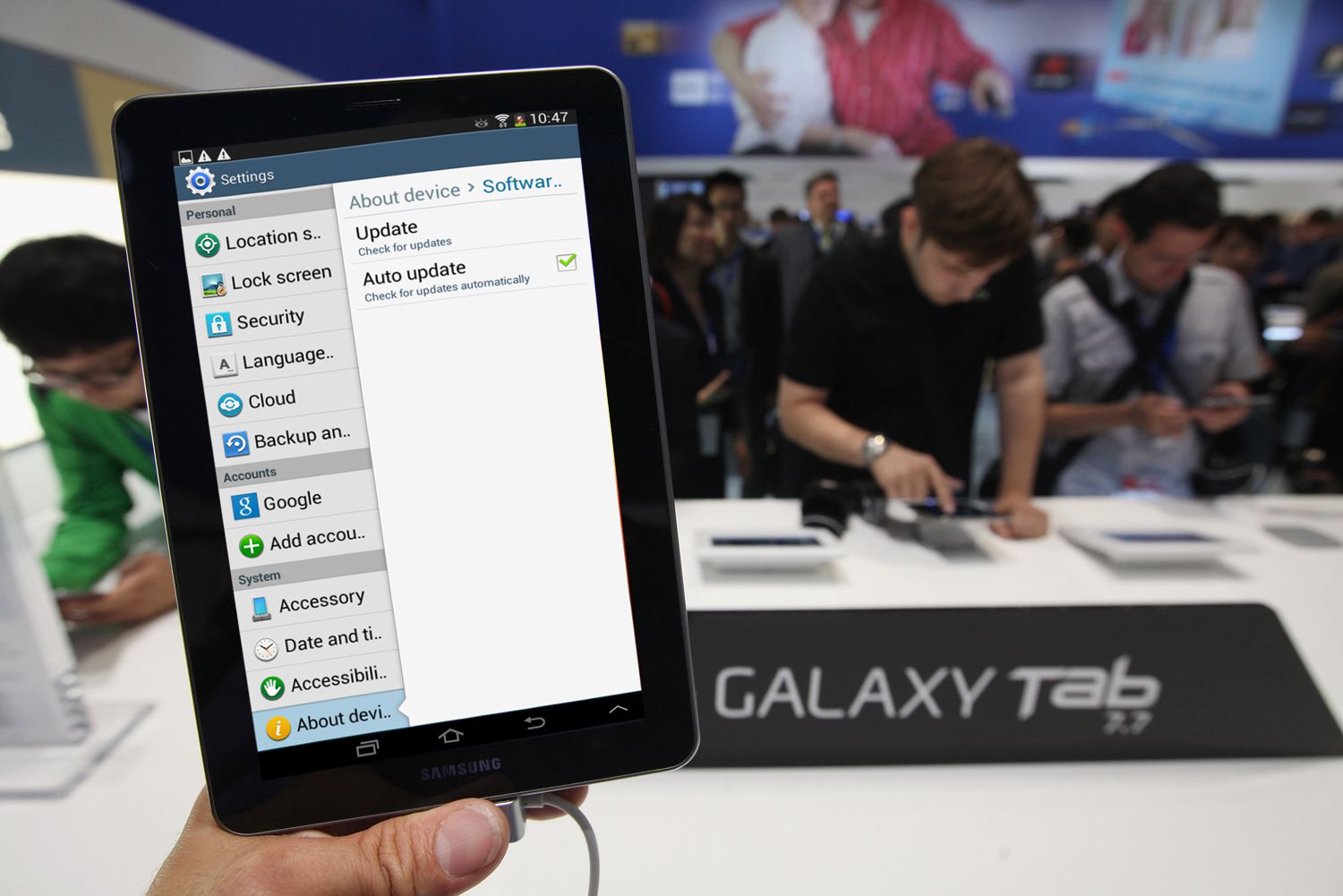

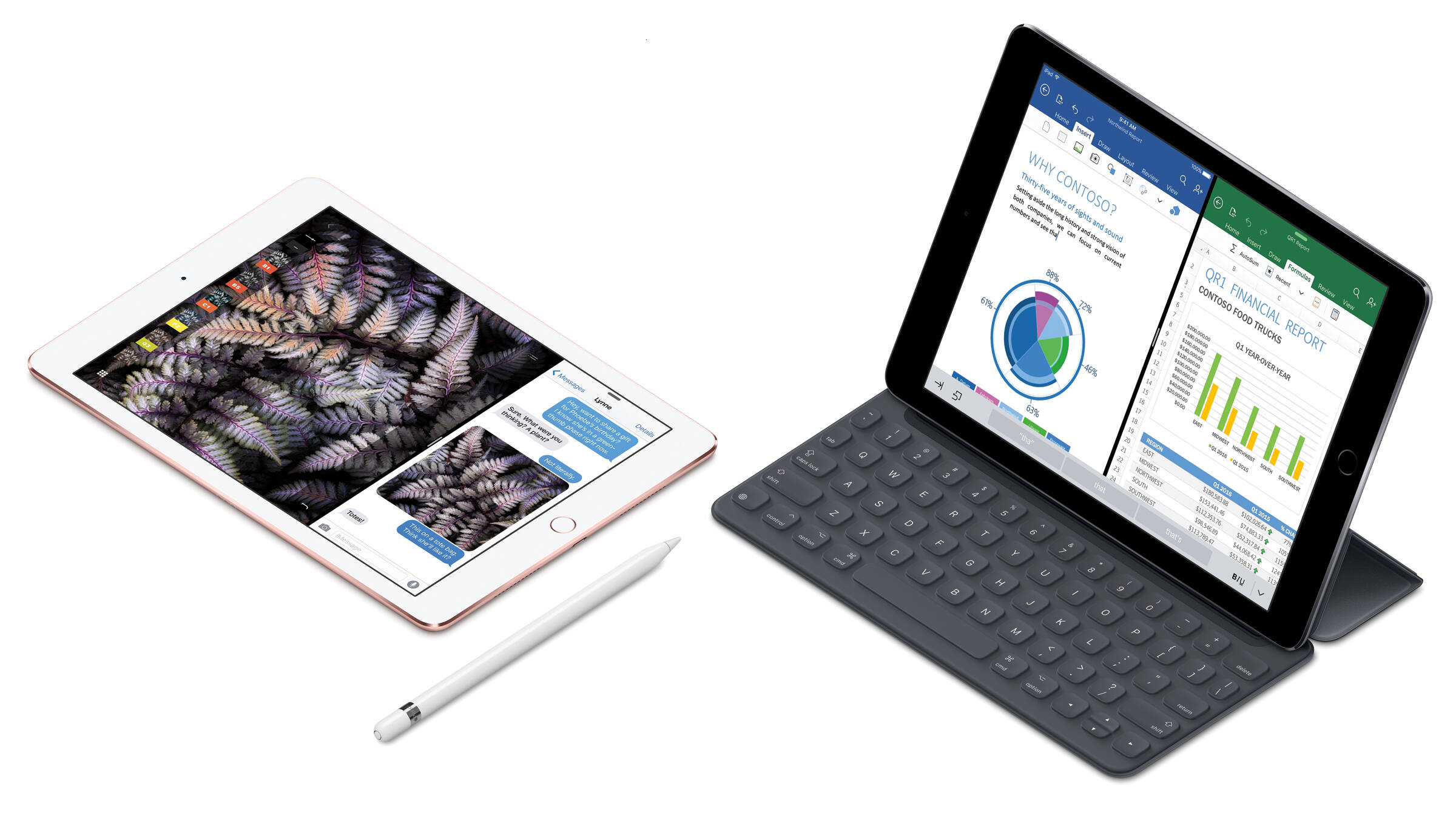

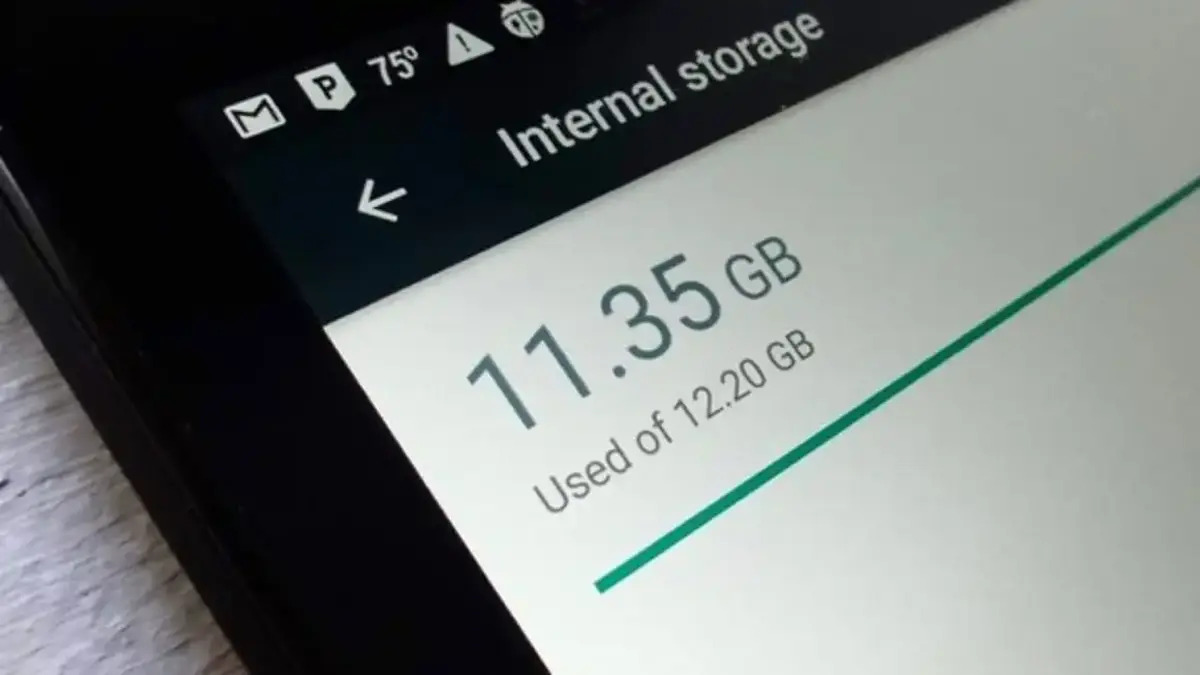
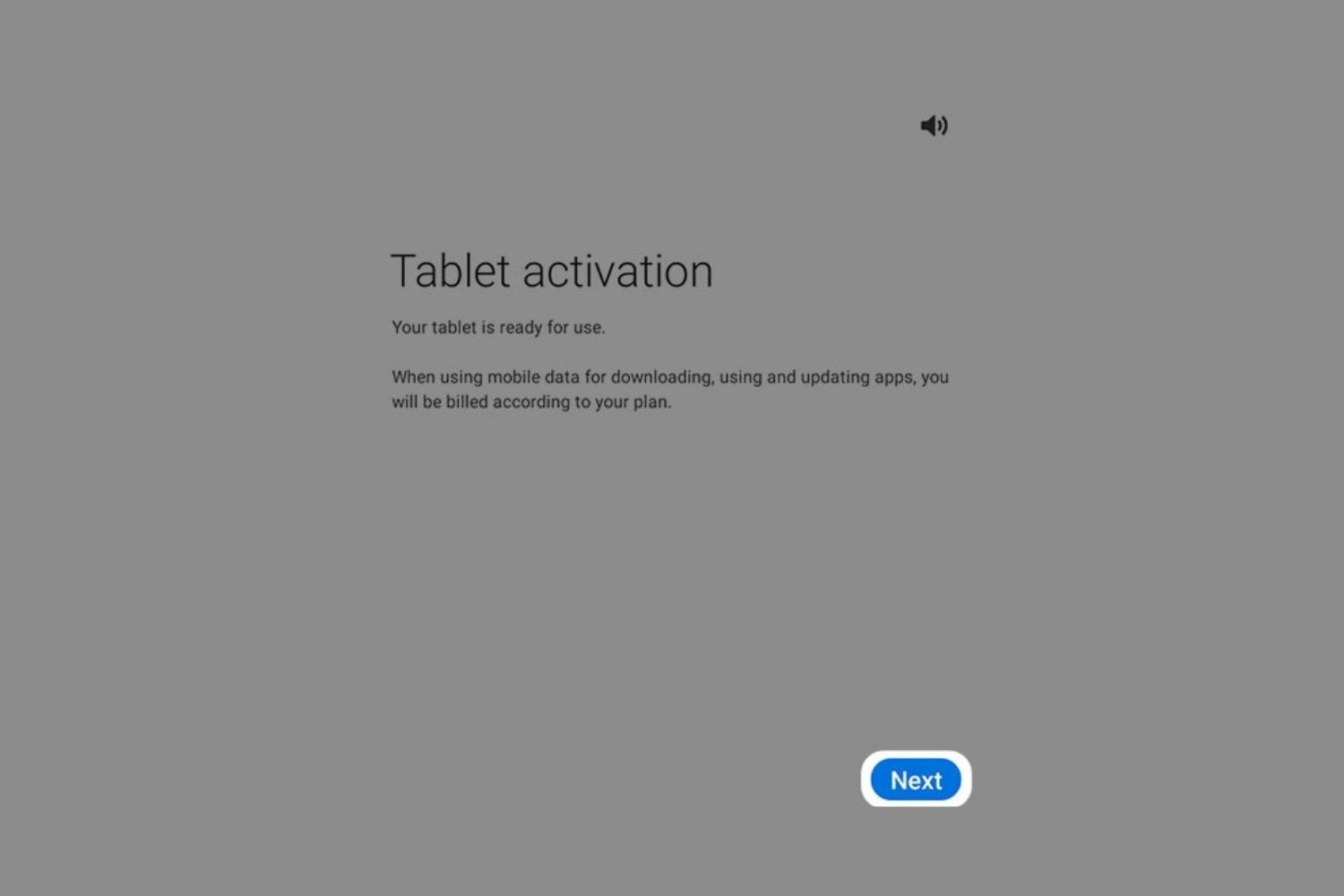
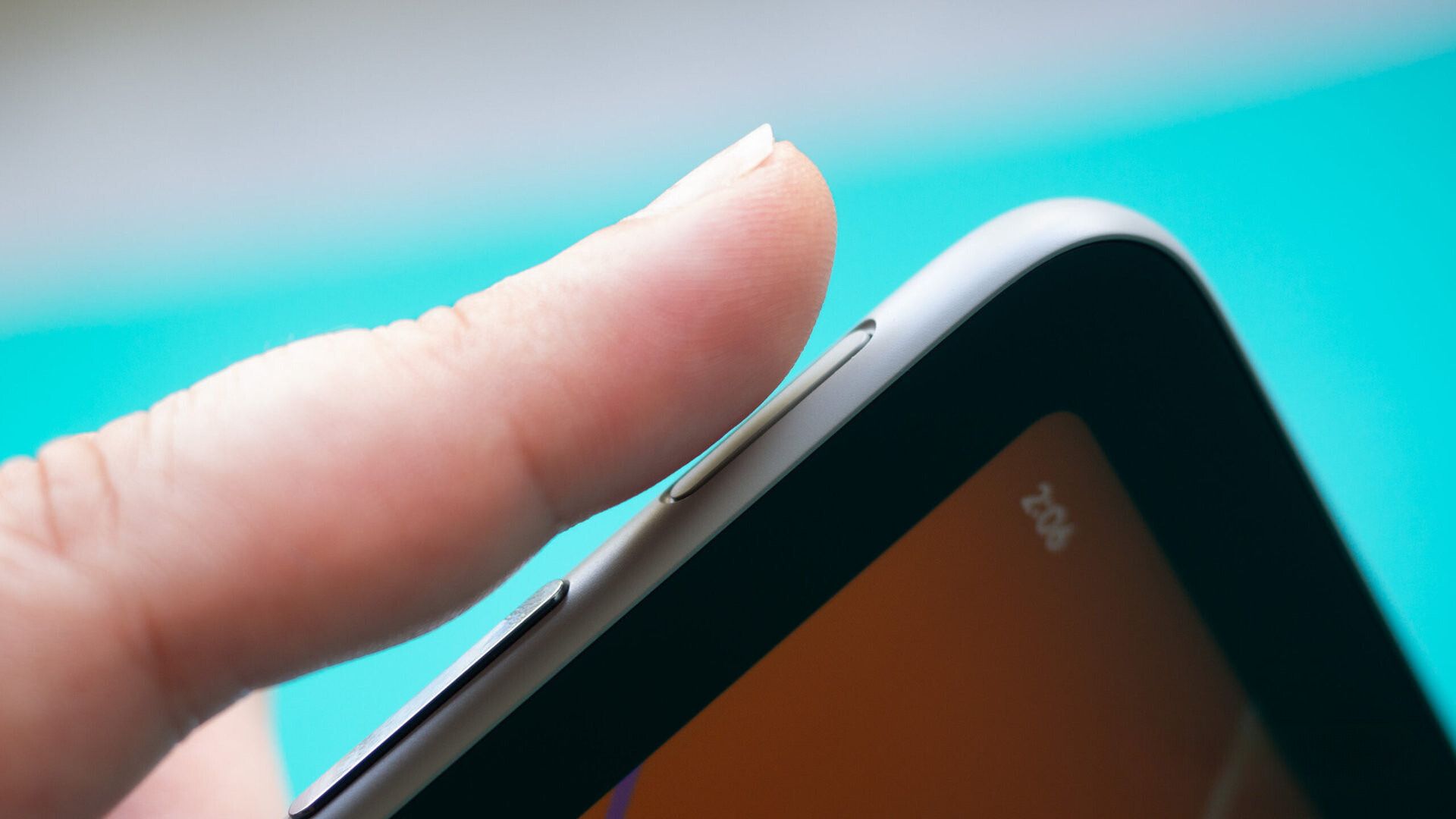
![[Full Guide] How to Bypass Google Account Verification After Reset](https://robots.net/wp-content/uploads/2023/11/How-to-Bypass-Google-Account-Verification-After-Reset-300x180.png)
